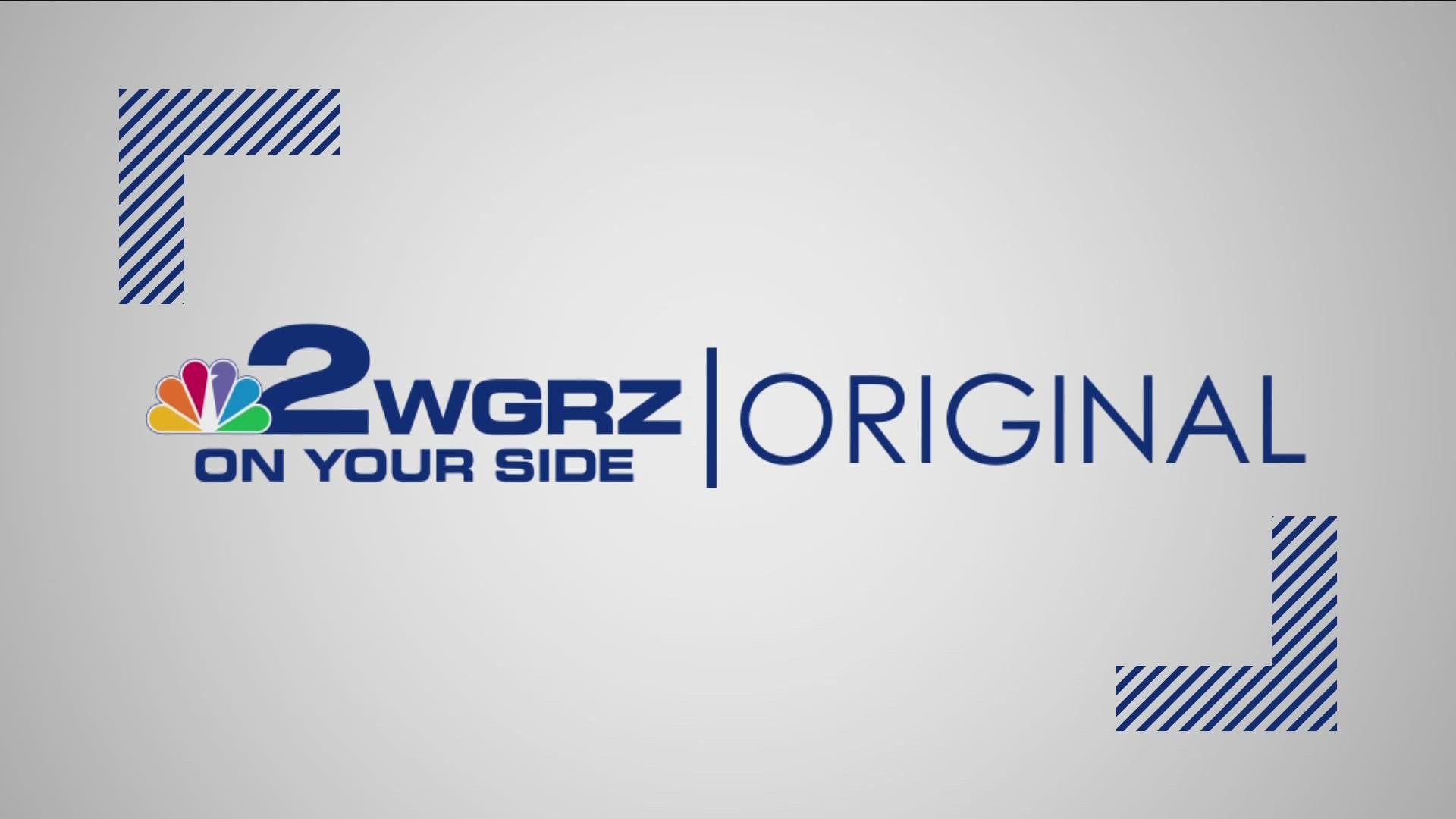LOCKPORT, N.Y. — Recreational marijuana was legalized in New York State in March of 2021, but New York State Police are concerned that people, especially drivers, still don't know the rules of the road.
2 On Your Side spoke with a New York State Police drug recognition expert about how they are able to tell if someone might be driving high.
"DWI is the leading cause of all our traffic fatalities. So that being said, whether it's alcohol or drugs, that's a big deal," said New York State Trooper James O'Callaghan, the Troop A Public Information Officer.
And with marijuana now legal in New York, State Police say they are still seeing people who don't know what the laws are when it comes to driving.
"Do you think people are still unfamiliar with how marijuana falls under these laws?" 2 On Your Side's Kelly Dudzik asked.
"Absolutely," said Trooper James O'Callaghan. "They think just because it's legalized, that means they can actually drive and use it at the same time. That's not the case."
Trooper James O'Callaghan says the majority of DWI arrests made by State Police in Western New York are alcohol-related. The year before marijuana became legal, about 22 percent of DWI arrests were drug-related.
That number jumped to 31-percent when marijuana became legal in 2021, but dropped back down to 22-percent last year.
Those drug-related DWI arrests include other drugs, and there's no way of determining how many of those arrests were marijuana-related.
In January, Trooper Joseph Sparacino had someone pulled over when another car almost hit him.
"I look back, and I notice that the car wasn't slowing down or wasn't moving over," Sparacino said.
Sparacino is also a drug recognition expert, or DRE. He says that driver was arrested on suspicion of drug-related DWI and that he used his training as a DRE to make the arrest.
"It is two weeks classroom, one week proficiency, and then my job is if somebody makes a DWI arrest, by drugs, they'll call me out. I'll do what's called a 12-step process evaluation on that person, and then at the end of the evaluation, I'll look at the totality of the evaluation itself, to determine which of the seven drug categories that subject is under the influence of," Sparacino said.
Those seven drug categories include central nervous system depressants, central nervous system stimulants, hallucinogens, and categories that include PCP, opioids, inhalants, and cannabis.
Sparacino is one of 432 DREs in the state.
"I'll go into a medical assessment to make sure that the impairment that we're looking at is not medically related, so like a preexisting condition," Sparacino said.
"And then I'll do some eye examinations, and then divided-attention test, which consists of standardized field sobriety tests, as well as other tests, and then, check the vitals, check for, do some dark room examinations where I'm checking the pupil size in three different lighting conditions, muscle tone, injection sites, followed up by interrogation, and then a toxicology sample."
He says that process can take anywhere from a half-hour to three hours.
"What level of certainty do you have that someone is driving high?" Dudzik asked.
"I'd say our level of certainty is very certain. I mean, we were trained, we have extensive training in the matter. We receive training on all seven drug categories," Sparacino said. "A person could feel fine and think they're OK to drive, but when we do our evaluation, we'll find impairment and that could land them a charge."
The state has plans to increase the number of DREs with funding from the Office of Cannabis Management. With more training classes, the DMV plans to boost the number of DREs in the state to 550.

